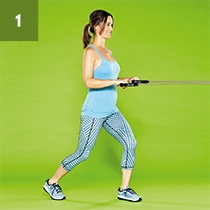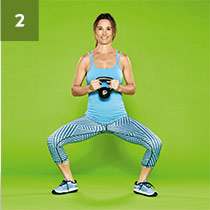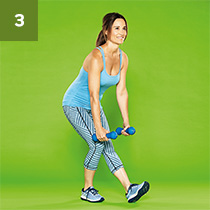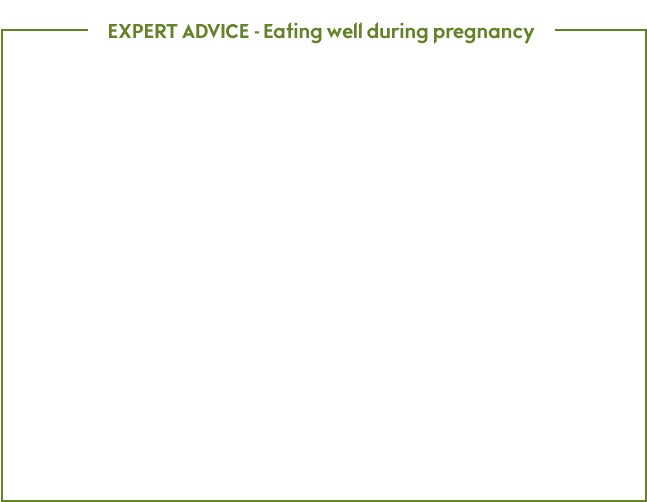'I'm keen to continue playing tennis'
I’ve been a tennis fan since childhood, as player and spectator, and have been keen to continue playing safely throughout pregnancy. As with most sports during those months, tennis is not one
to take up if you didn’t play regularly before, but if you’re a seasoned player and take care, it’s possible to play right up until the third trimester.
Tennis requires fast energy, reflexes and balance, so it’s up to the individual if they feel confident to play (balance is certainly knocked off course and there is the risk of being hit by the ball or picking up injuries through quick movement). However, being a moderate-intensity sport, continuing to play has a positive influence and can lead to improved placental growth and good weight management, while strengthening heart and blood vessels, overall body strength and reducing the risk of gestational diabetes.
Over the past two trimesters I’ve been playing regularly – mostly doubles, which requires less side-to-side movement and intensity. I haven’t been giving 100% to every shot, instead just enjoyed releasing energy through rallying, footwork and working on core strength (see exercises below). Even just a 20-minute singles game with rallying drills with a partner does wonders for a full-body workout and increases heart rate. It’s fine to serve, as long as it feels comfortable, you engage your core properly and you’re not over-straining.
As I continue to play over the next few months, I’ve been advised to keep two feet on the ground when hitting strokes (to ensure good pelvic balance) and to avoid sharp turns and quick movements, particularly as I approach the due date. Of course, other pregnancy precautions are the same with most sports, so don’t overheat and keep well hydrated.

Resistance band row
Benefits: Great to build tennis arms and pull those shoulders up and back, which will improve posture. Loop the band through a sturdy object at chest height. Grab a handle with each hand and back away from the object until there’s no slack in the band. Hold the handles with your arms extended in front of you and then engage your core as you pull your elbows back and squeeze your shoulder blades together. Adopt a split-leg stance for greater balance. Return to the starting position with control. Do 12 to 15 reps.

Sumo squats
Benefits: The wide stance of
the sumo squat is great for accommodating a baby bump whilst working your entire lower body. Stand with your feet wider than hip-width apart, toes slightly turned out. Hold your hands in front of your chest – or a light dumbbell if you feel up to it. Squat low, bending your knees and keeping your heels on the floor and your back straight. Power through your heels to return to standing. Do 12-15 reps.

Hamstring stretch to
forward lunge
Benefits: Stretching hamstrings is great for tennis, as they can get tight from all the stopping and starting. The lunge also stretches hip flexors, which get tight during pregnancy. Place your left leg in front of you with knee straight and heel on the ground. Keep left leg straight and lean forward. Hold for 20 seconds then step your left leg out into a lunge, lowering your back leg to the floor, keeping your back straight. Hold for
5 seconds. Repeat 5 times on each leg.
Professor Greg Whyte outlines his top tips for safe ways to keep fit
during the second trimester of pregnancy

Avoid taking up
any new sports.

Your bump increases stress on your pelvic floor and abdominals so pay close attention to pelvic floor exercises and avoid those focused completely on abdominals – no sit-ups!

All exercise should be moderate intensity or easier.

Every day will feel differenct during your pregnancy,
so adapt exercise to suit
how you feel (physically
and mentally).

Avoid exercises requiring lying on your back at any point.

Listen to your body and stop immediately if you have any concerns or discomfort, and speak with your healthcare team, doctor or midwife.





